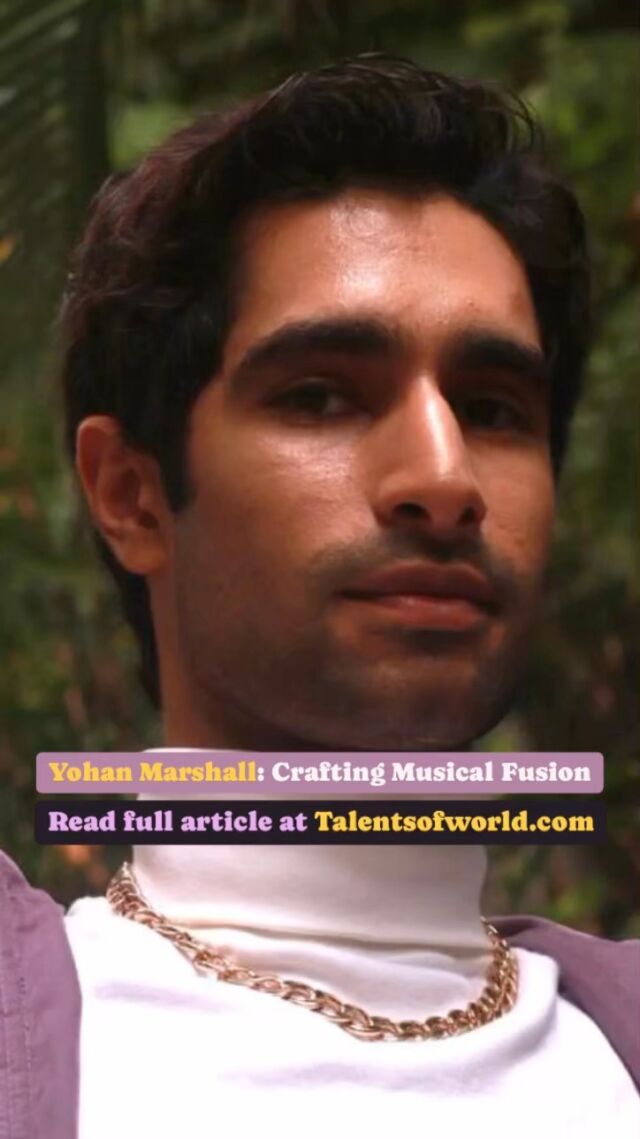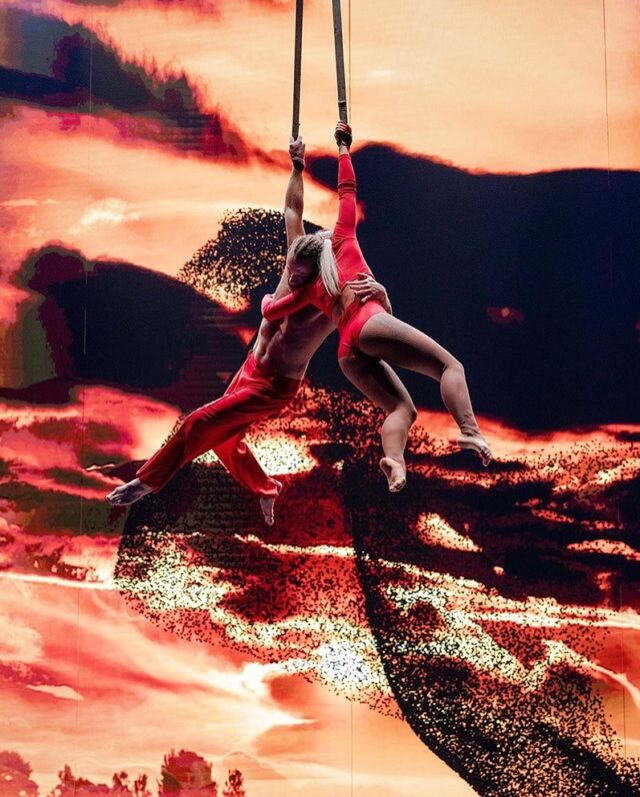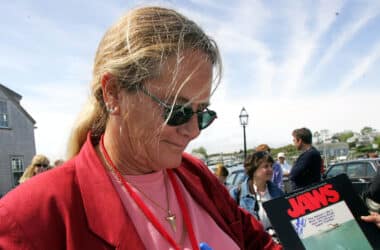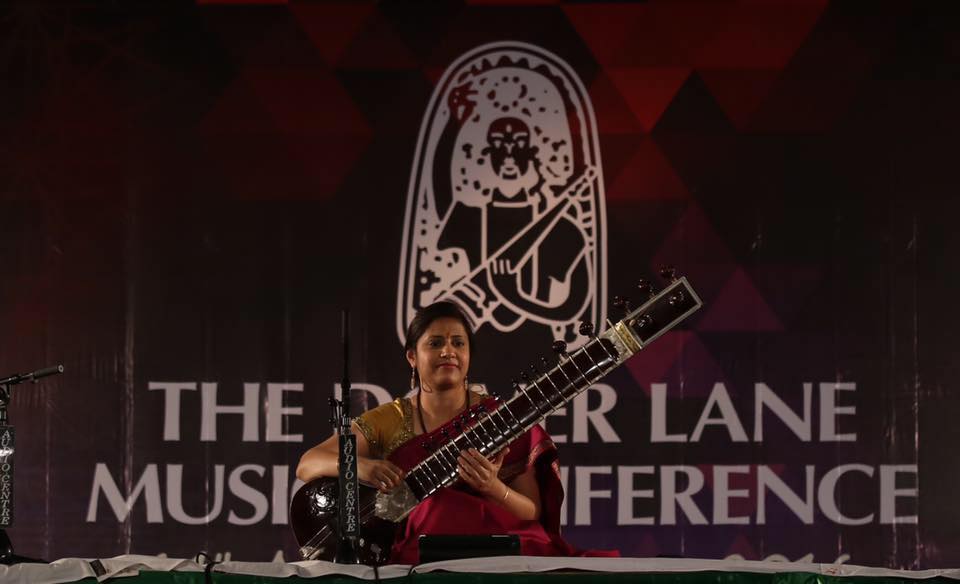Anupama Bhagwat
Born in Bhilai, India, Anupama Bhagwat was introduced to playing sitar at the age of 9 by Shri. R. N. Verma.At the age of 13 she had the privilege to train under Bimalendu Mukherjeeof the Imdadkhani gharana. She stood first in the All India Radio competition in 1994 and was awarded a national scholarship by the Indian Ministry of Human Resource Development of India. She has performed At several destinations including the US and many countries of Europe. At present She is based in Bangalore, India.
Her Guru
Doyen of the Imdadkhani Gharana, Acharya Bimalendu Mukherjee was primarily a Sitarist, though he was proficient in almost all traditional Indian instruments like RudraVeena, Saraswati Veena, Surbahar, Sursingar, Mandrabahar, Dilruba, Esraj, Tar Shehnai, Sarod and Pakhavaj. He was equally adept in vocal music.
Performances.
Performances have taken her around the world Including, SouthBank Center (London, UK), Ali Akbar Khan School of Music (Basel, Switzerland), MIT Fall Concert Series (Boston, USA), U Penn, Berkeley, Ole Miss (USA), Asian Arts Museum (San Francisco), U of Victoria & Calgary, Musée Guimet, Paris, Musée Des Beaux Arts, Angers, France.
Anupama plays in the Gayaki style, a lyrical and subtly nuanced style modelled upon the human voice. Anupama’s technical virtuosity has been lauded by the connoisseurs worldwide. Anupama has been awarded the title “Surmani”.
Her creative compositions have won the hearts of many a connoisseur, combining technical mastery with evocative lyrical cadences.
Awards and recognitions
- 1-Stood 1st In all India Radio Music Competition (1994)
- 2-Scholarship from Ministry of Human Resource Development (Government of India) From 1993-1996
- 3-Conferred the title ‘Surmani’ by Sur Shringar Sansad in 1995
- 4-Has been part of world performances such as Global Rhythm and Shanti.
- 5-received grants in 2000, 2002, 2004, and 2008, from the Ohio Arts Council (USA).
- The asteroid 185325 Anupabhagwat, discovered by Italian amateur astronomer Vincenzo Silvano Casulli in 2006, was named in her honor.









![Growing up learning Indian Classical Music, I’ve developed a deep appreciation for diverse musical genres, and techno is definitely one that has captured my interest. Got inspired to write this track by blending the beautiful melodies of Hindustani classical, particularly Raag Bhairav, with the beats of techno. Excited to share this fusion with you all!
Music by @miladzki
Check it out and vibe with me! 🎶✨
[ techno, newmusic, fusion, indianclassicalmusic, techno, music, kakisinger ]](https://talentsofworld.com/wp-content/uploads/wp-social-ninja/instagram/9xm.tv/18327743320185528_full.jpg)
![Listen to this Version of Dil Kho Gaya
Original Song From the Movie Dil.
Anand-Milind, Udit Narayan, Anuradha Paudwal sung this song
Music by Anand-Milind
Hope you guys like this Rendition of the Classic Song by Kaki Singer.
Like, Share & Comment.
[ Dil, Dil kho Gaya, old songs, Classic Bollywood, old song covers, retro songs, indian old songs, old hindi songs, melodies, kaki singer, Indian singers ]](https://talentsofworld.com/wp-content/uploads/wp-social-ninja/instagram/9xm.tv/17999564600299237_full.jpg)























































Wow, incredible weblog layout! How long have you ever been running a blog for?
you make blogging look easy. The overall look of
your web site is fantastic, let alone the content material!
You can see similar: sklep internetowy and here
ecommerce